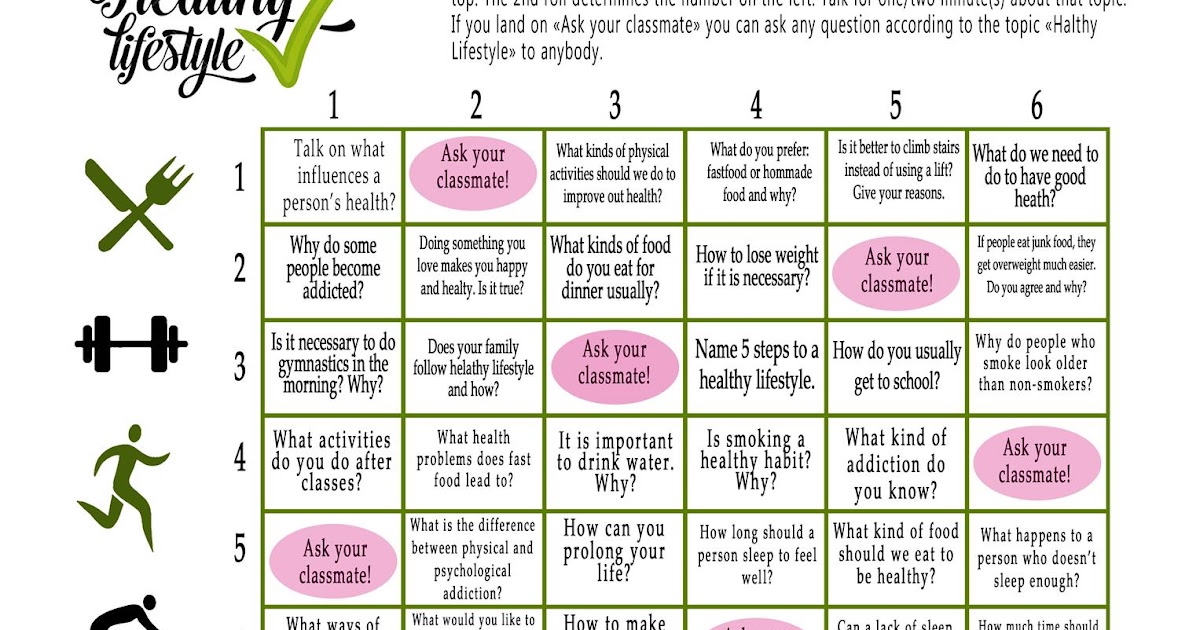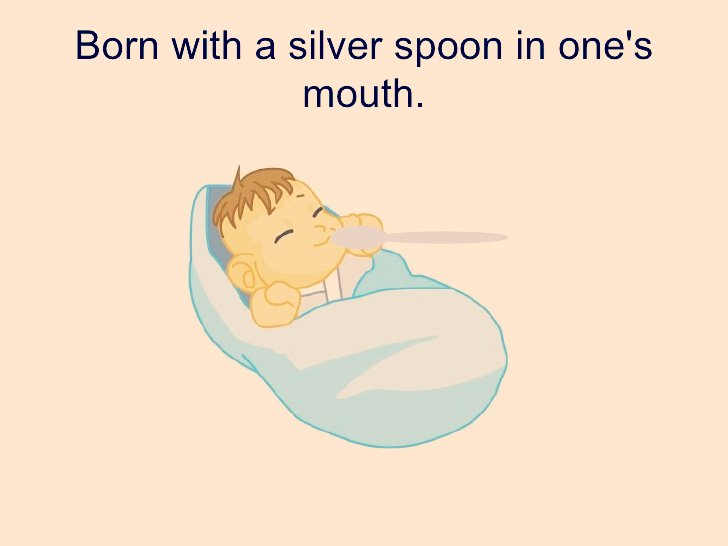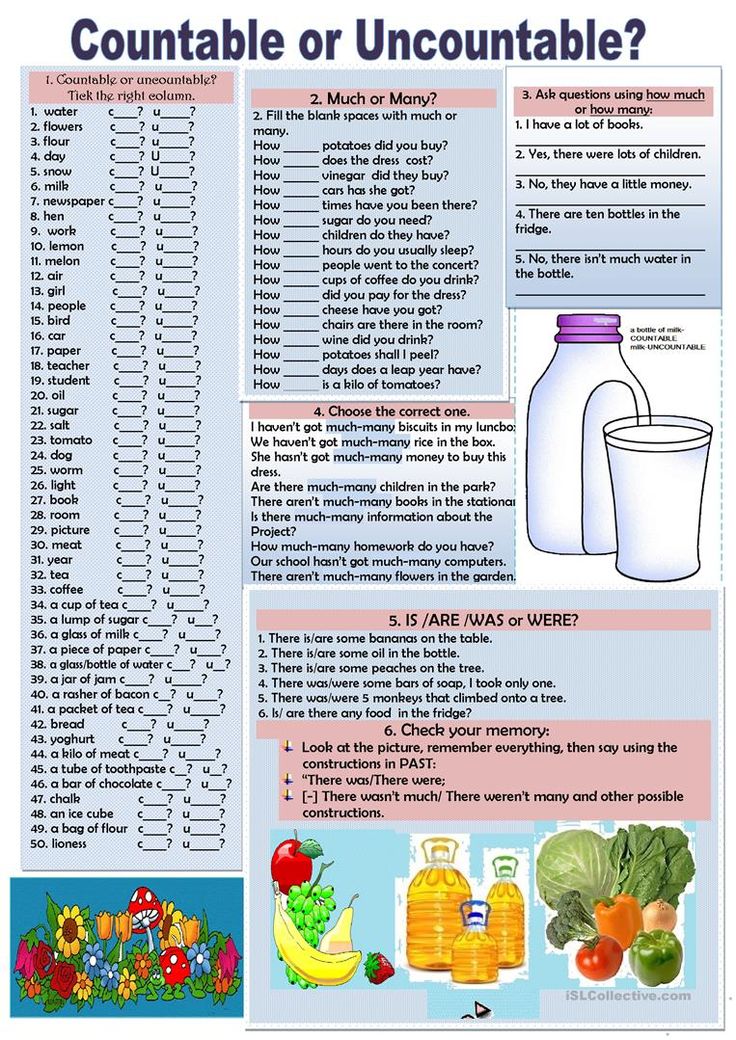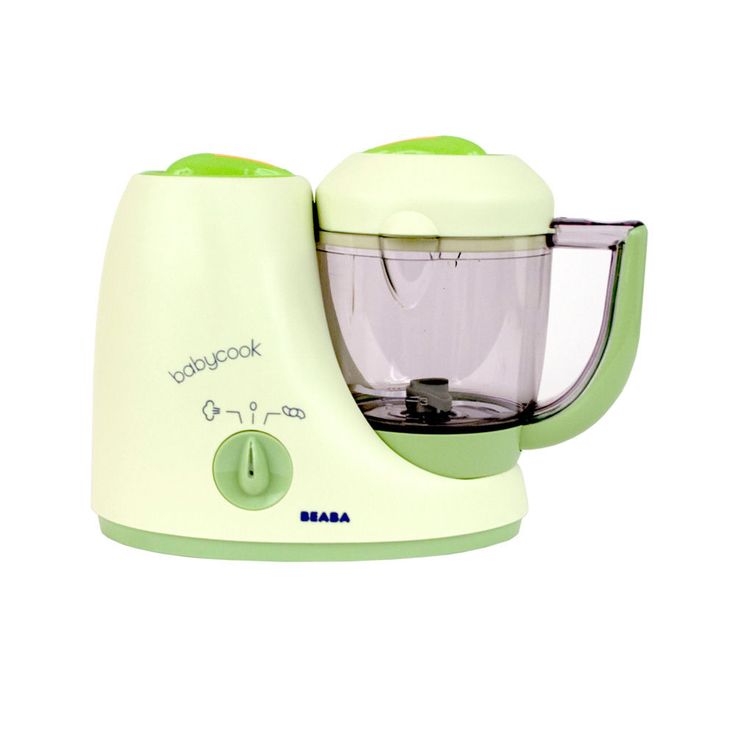How to make cucumber baby food
Feeding Baby Cucumbers for Baby Food - Cucumber Baby Food Recipes for Your Baby
Cucumbers are more nutritious than many people believe. Cucumbers however, do not make great baby food.
The Goodness of Cucumbers for Baby Food:
Cucumbers are good sources of Vitamin C and A. They also contain calcium and potassium. Cucumbers are mostly water and as a baby food, they really do not offer a lot of nutrients. Cucumbers are a bit difficult to serve to babies. If you think about it, there really are not a lot of cucumber “recipes” even for adults. While the skin of a cucumber contains fiber, it is not a good idea to serve the skin to babies or toddlers.
Cucumber – 1 small (6″) cucumber
| VITAMINS: Vitamin A – 114 IU Vitamin C – 5.1 mg Niacin – .05 mg Folate – 22 mcg Thiamine – .04 mg Pantothenic Acid – . Vitamin B6 – .08 mg Contains some other vitamins in small amounts | MINERALS: Potassium – 215 mg Sodium – 3 mg Calcium – 22 mg Phosphorus – 33 mg Magnesium – 19 mg Iron – .35 mg Also contains small amounts of selenium, manganese, copper and zinc. |
When to introduce Cucumbers to your baby – Age for Introducing Cucumbers: 8-10 months
Offer cucumbers to your baby when she has turned between 8-10 months old. Many parents report that cucumbers have made their babies and children gassy so do keep a watch out for increased gassiness.
How to select and store cucumbers for homemade baby food
According to the EWG, cucumbers are not one of the “dirty dozen” foods that are most highly contaminated with pesticides – purchasing organic is a personal choice.
Cucumbers are in season between May and July however they are available all year long. When selecting a cucumber to offer your baby, ensure that there are no cuts or bruises.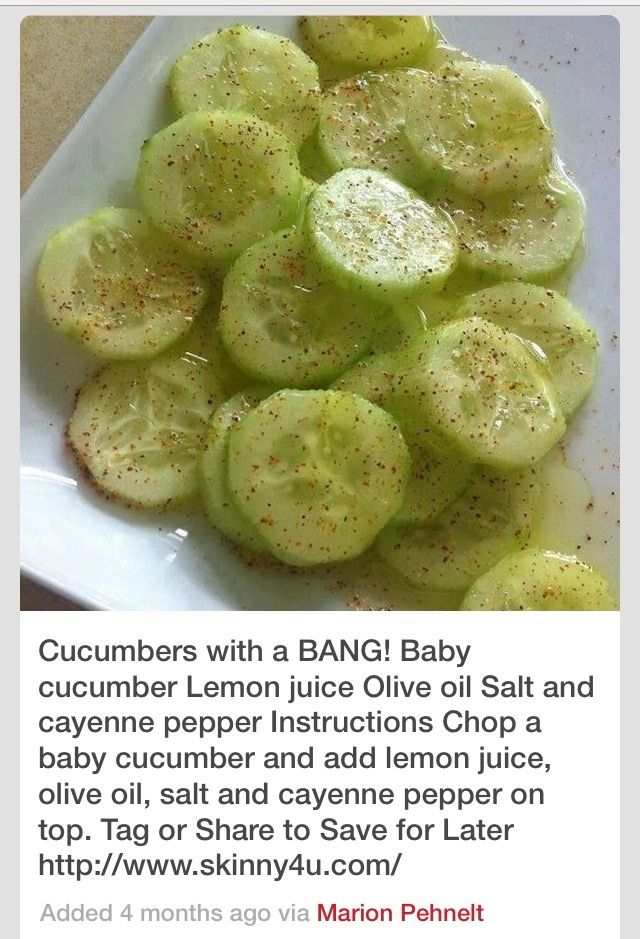 You want a more firm cucumber as this firmness indicates freshness.
You want a more firm cucumber as this firmness indicates freshness.
To store cucumbers, put them in the “veggie crisper” or the far back of your refrigerator. Cucumbers will last longer if they are not cut open so prepare them only when you are ready to eat them within a few days.
The best way to safely prepare Cucumbers for Baby Food
Cucumbers really are not all that great cooked. Serving your baby a traditional puree of cucumbers is probably not a good idea. You may offer your baby squished cucumbers or mix cucumber with other foods.
Cucumber Baby Food Recipes Ideas
Cucumber – Basic “Purée”
Directions:
Step 1: Wash and peel cucumber.
Step 2: Slice and cut out the seeds using a circular motion
Step 3: Chop the cucumber and squish with a fork
Minty Cucumber, Pear & Yogurt
Ingredients:
- 1 small cucumber
- 2 Bosch or Bartlett pears
- 1/2 cup of plain whole milk yogurt
- 3 finely chopped mint leaves
Directions:
Step 1: Wash and peel cucumber.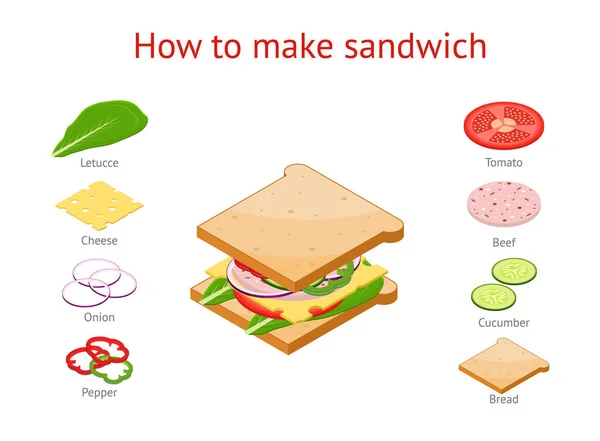
Step 2: Slice and cut out the seeds using a circular motion
Step 3: Chop the cucumber and squish with a fork
Step 4: Peel, core, dice (and squish if needed) the pears
Step 5: Add pear and cucumber together in a bowl
Step 6: Add 1/2 cup plain yogurt and finely chopped mint leaves to the bowl
Step 7: Mix to a consistency that your baby will tolerate; blend or puree if needed.
Cucumber Yogurt Dip
Love this one from the Food Network, with some tweaks. You could make it a minty cucumber dip too.
Ingredients:
- 2 (8-ounce) containers plain yogurt
- 1 pound cucumber, peeled, seeded, and chopped finely
- 2 teaspoons snipped fresh dill plus dill sprigs for garnish
- 3 garlic cloves, minced
- 1 tablespoon extra-virgin olive oil
- 1 tablespoon fresh lemon juice
- Salt (leave out.
 )
)
Directions:
Step 1: In a sieve lined with cheesecloth, let the yogurt drain, set over a bowl, covered and chilled, for 6 hours. Pour the liquid from the bowl and in the bowl stir together the drained yogurt, the cucumbers, squeezed dry between paper towels, the snipped dill, the garlic, the oil, the lemon juice, and salt to taste.
Step 2: Let the dip stand, covered and chilled, for at least 2 hours and up to 8 hours to allow the flavors to develop. Stir the dip, garnish it with the dill sprigs, and serve it with toast points, other soft cooked veggies or even baby meatballs.
Rialta
Recipe reprinted with permission from Feeding the Whole Family (third edition) by Cynthia Lair (Sasquatch Books, 2008)
Buy yogurt that has active cultures and no fillers (non-fat milk solids or pectin, starch, gelatin etc) or sweeteners added..
Ingredients:
- 1 cup plain whole milk yogurt
- ½ cucumber, peeled, seeded and diced
- 1 clove garlic, minced
- 2 tablespoons finely chopped cilantro or mint
- ½ teaspoon cumin, ground
- Pinch of cayenne
- Salt to taste
Directions:
Step 1: Combine all ingredients together in a small bowl.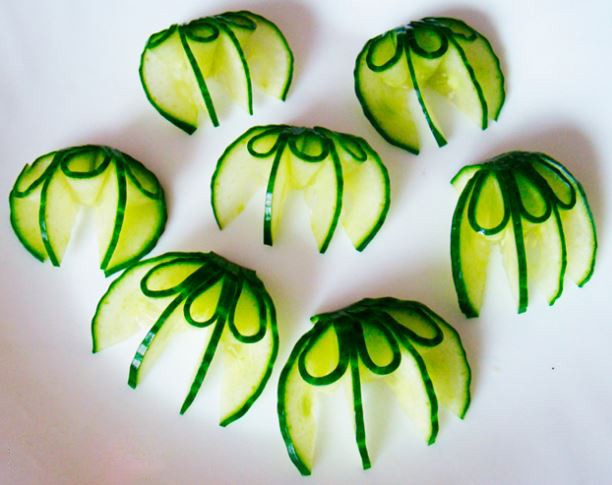 Chill for 30 minutes before serving.
Chill for 30 minutes before serving.
Step 2: Preparation time: 5 minutes, plus 30 minutes chilling time
Step 3: Makes 1 ½ cups
Foods Good to Mix With Cucumber
- Apples
- Green Beans
- Summer Squash – zucchini or yellow/crooked necked
- Yogurt
Remember, always consult with your pediatrician regarding introducing solid foods to your baby and specifically discuss any foods that may pose allergy risks for your baby.
This site complies with the HONcode standard for trustworthy health information: verify here.
Cucumbers have been known to cause many people to have gas!
SHARE ON FACEBOOK SHARE ON PINTEREST
Cucumber Baby Food Purees, 3 Ways
Please share!
190 shares
This recipe was originally published on January 25, 2020. The recipe was updated on August 31, 2020.
Cucumbers are healthy and refreshing, so why not feed them to your baby? Try these stage 2 cucumber baby food purees for your 6 month+ baby.
Jump to Recipe
My daughter was instantly hooked on cucumbers the first time she tried them. I used to feed her a cucumber puree with simply cucumbers, a splash of lime juice and some fresh herbs.
While it was fine for her, some babies have bad reactions to citrus which can include a rash or an upset stomach. So, I’ve created a new and improved recipe that can be enjoyed by all babies!
This recipe uses fresh cucumber and cooked apples, which gives the puree a little sweetness and a thicker consistency. Add either fresh dill, cilantro or mint, and you’ve got the perfect cucumber baby food puree to encourage adventurous eating.
Can you puree cucumber for babies?
Yes, it is safe to puree cucumbers for babies after 6 months.
Cucumbers can cause some babies to be gassy, which can cause discomfort.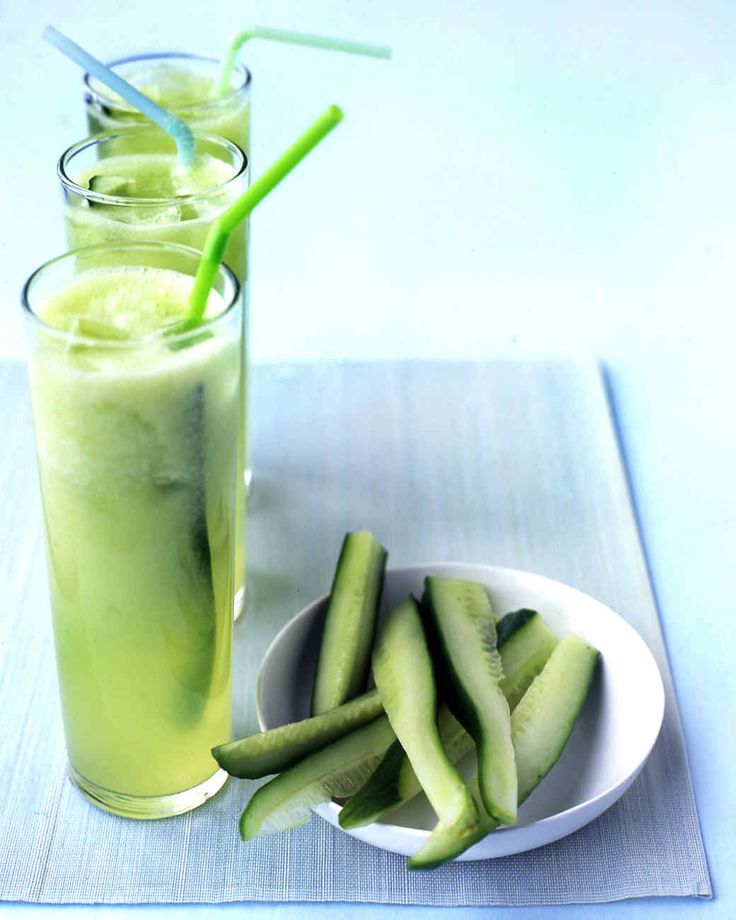 If this happens with your baby, stop giving her cucumbers for the time being, and try again when she is slightly older (8 months+).
If this happens with your baby, stop giving her cucumbers for the time being, and try again when she is slightly older (8 months+).
Can babies eat raw cucumber?
There are differences of opinions on whether you should feed your baby raw cucumber or not.
Some people think it should be blanched for at least a minute to kill any microbes that may be in the cucumber.
Others think it’s fine to give babies raw cucumber.
I, personally, have given both of my babies raw, pureed cucumbers and never had any problems.
If you are unsure, you can always blanch the cucumbers before pureeing them for your baby.
You should also always consult your pediatrician before giving your baby any new foods.
How long will homemade baby food last?
Fresh, homemade baby food will last in the refrigerator for 3 days. Once the 3 days have passed, the remaining food should be disposed of for safety reasons.
If you make this or any other baby food recipes in bulk, it can be stored it the freezer for up to 3 months.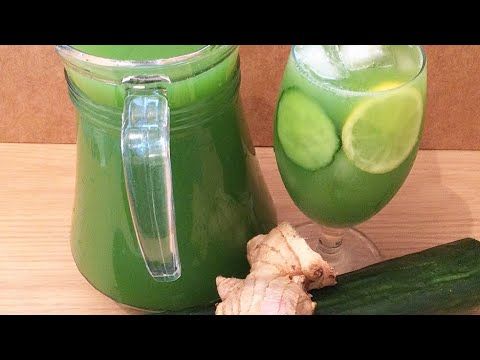 Click here for more information, tips and tricks on storing homemade baby food.
Click here for more information, tips and tricks on storing homemade baby food.
By the way, these baby food freezer storage trays are PERFECT for freezing baby food. They come with snug fit lids that prevent spills and freezer burns, and they stack so easily.
What health benefits do these purees provide for your baby?
No matter which puree you decide to make, it will provide a lot of health benefits for your baby.
Cucumbers are good for preventing constipation and promoting bone health (high in vitamin K).
Apples are an excellent source of fiber, which is good for digestion, and vitamin C, which helps to boost immunity and fight against the common cold and flu.
Mint contains menthol, which can help to break up mucus.
And dill is known for reducing gas and preventing hiccups.
Cilantro is also high in vitamin K, which again, promotes healthy bones.
Try these other yummy stage 2 baby food recipes!
Peanut Butter + Banana Oatmeal Baby Cereal
Cucumber + Melon Baby Food Puree
Mango Baby Food Puree, Three Ways
Persimmon Baby Food Puree, 2 Ways
Red Pepper + Sweet Potato Baby Food Puree
How do you make these cucumber baby food purees?
Ingredients:
- 1 cup of cucumber, peeled and de-seeded
- 1 cup of apple, cored and peeled
- 1/4 cup of water for cooking
- a few sprigs of fresh mint or fresh cilantro or fresh dill
Equipment:
Baby Bullet, food processor or blender
Step 1: Core, peel and dice the apples.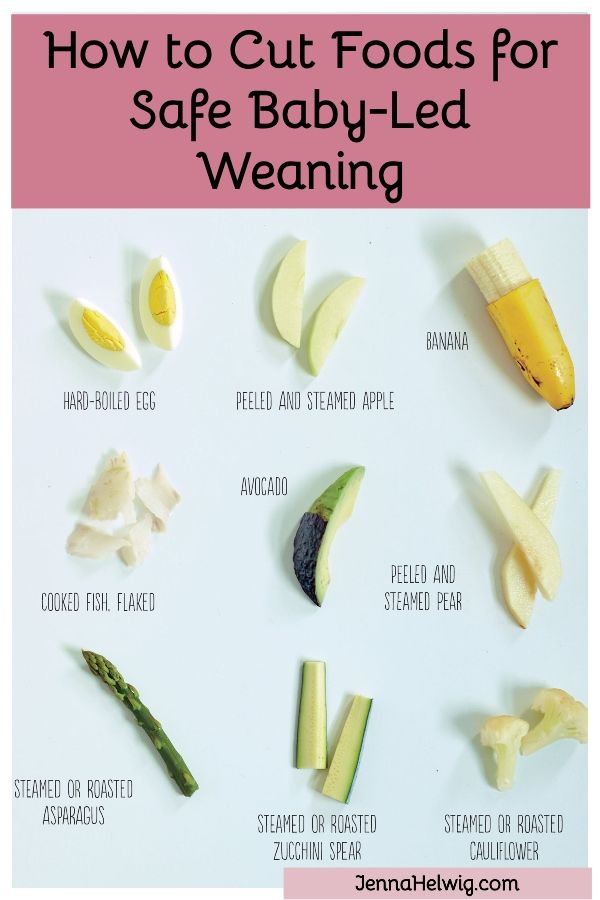 Place them in a pot along with 1/4 cup of water. Cover and cook over low heat for 15-20 minutes, until soft.
Place them in a pot along with 1/4 cup of water. Cover and cook over low heat for 15-20 minutes, until soft.
Step 2: Meanwhile, peel, de-seed and slice the cucumber.
Step 3: Once the apples have cooled a little, add them to a blender (or food processor) along with the cucumbers and your herb of choice. Blend until smooth. If you’re using a powerful blender, you shouldn’t need to add any extra liquid. If you do add extra liquid, add just a tiny bit at a time. Cucumbers are made of mostly water, so adding extra liquid will result in a watery puree.
Note: Keep in mind that a blender will give you a smoother puree than a food processor.
If you’re looking for a super smooth puree, you will need a high-powered blender.
Although I am using a high-powered blender to showcase this recipe, I made a lot of baby food for my kids in a food processor.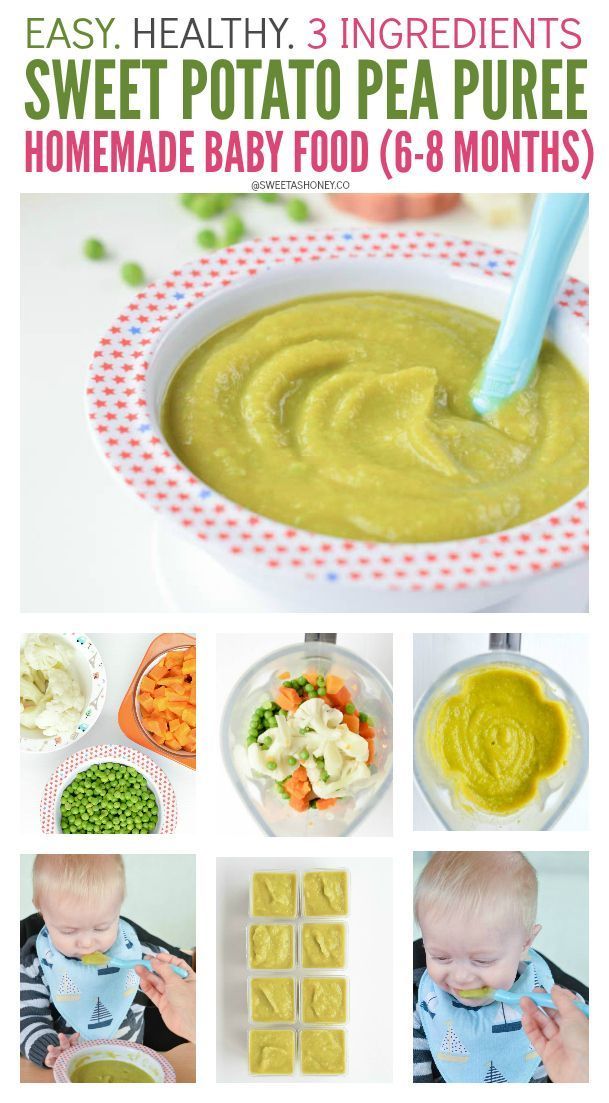 I liked to give my babies lots of different textures because I didn’t want them to get accustomed to super smooth purees all the time.
I liked to give my babies lots of different textures because I didn’t want them to get accustomed to super smooth purees all the time.
In fact, this KitchenAid food processor is what I used. I LOVE it because it is very compact (I have a small kitchen) but it’s still powerful.
But, the tool you choose to puree your baby food in is totally up to you! It’s just a matter of personal preference.
You should always consult your pediatrician before giving your baby new foods.
Baby Bullet
Food Processor
blender
- 1 cup cucumber peeled, de-seeded and sliced
- 1 cup apple cored, peeled and diced
- 1/4 cup water for cooking
- a few leaves fresh mint OR
- a few sprigs fresh cilantro OR
- a few sprigs fresh dill
Core, peel and dice the apples. Place them in a pot along with 1/4 cup of water. Cover and cook over low heat for 15-20 minutes, until soft.

Meanwhile, peel and de-seed the cucumber (optional if using an English Cucumber) and roughly dice it.
Once the apples have cooled a little, add them to a blender (or food processor) along with the cucumbers and your herb of choice. Blend until smooth. If you’re using a powerful blender, you shouldn’t need to add any extra liquid. If you do add extra liquid, add just a tiny bit at a time. Cucumbers are made of mostly water, so adding extra liquid will result in a watery puree.
- Try serving this over yogurt!
- Keep in mind that a blender will give you a smoother puree than a food processor.
- If you want a really smooth puree, you will need a good, powerful blender.
- My baby food recipes don’t yield a lot because babies don’t eat much, and they should be eating a variety of different foods (making too much of one type won’t give them that opportunity). However, if you want to make this recipe in bulk to freeze for later, simply double it.

Tried this recipe? I’d love to see it!Mention @raising.veggie.lovers or use #raisingveggielovers!
As always, sharing is caring! Please click on the buttons below to share this post with your friends!
Please share!
190 shares
Baby puree at home: recipes
Baby puree from vegetables and fruits at home: cooking secrets
Vegetable and fruit puree often becomes the first meal of the baby after breast milk or formula, so many mothers prefer to cook it on their own. Although modern manufacturers convince us that baby food is devoid of preservatives and harmful additives, fresh vegetables and fruits are much healthier, especially when it comes to infant nutrition.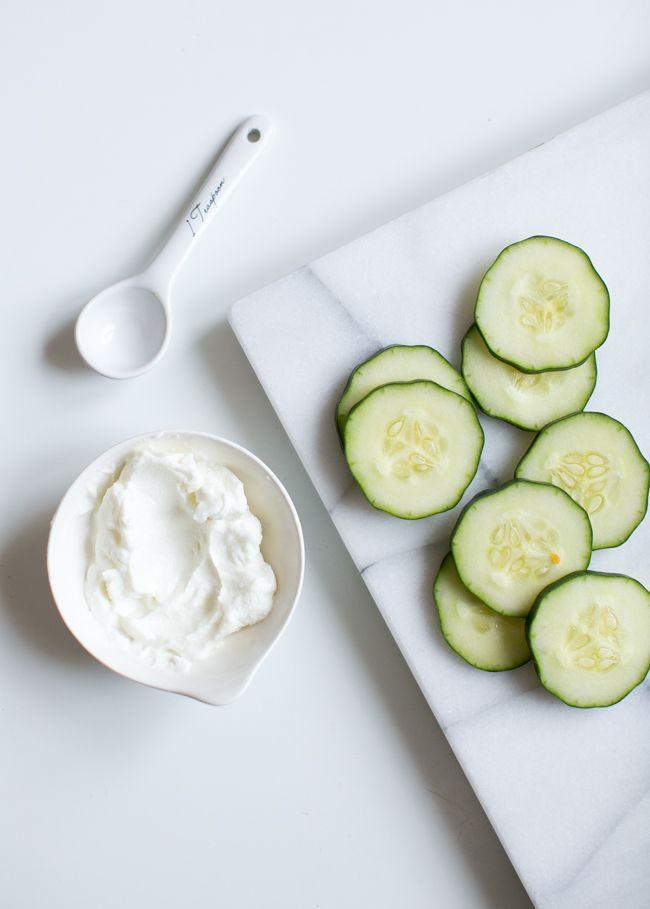 Yes, and cooking baby puree at home is not so difficult.
Yes, and cooking baby puree at home is not so difficult.
Vegetables or fruits?
Let's try to make baby puree for our beloved baby. Despite the fact that pediatricians of the last century recommended starting complementary foods with fruits, it is better to first introduce the child to vegetables - modern doctors and nutritionists have come to this conclusion. Boiled vegetables do not irritate the gastrointestinal tract, are better absorbed, satisfy hunger, do not cause allergies and increased gas formation. In addition, vegetables do not contain fructose, which irritates the pancreas. And one more weighty argument in favor of the fact that it is better to start with vegetables - fruits are tastier, and if the baby tries them first, he will refuse vegetables, because they will seem to him more insipid.
How to prepare baby vegetable puree
What can baby puree be made from? The ideal puree for the first feeding is from cauliflower or zucchini.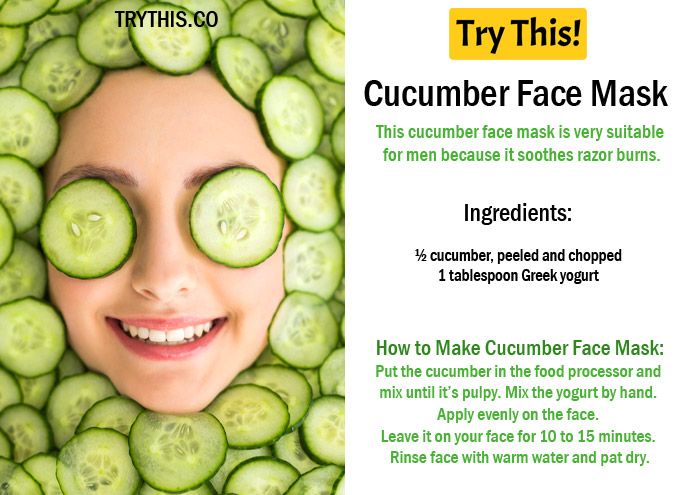 A little later, you can introduce pumpkin, broccoli, carrots, potatoes and green peas. Before cooking, vegetables are washed well, peeled, cut into pieces and cooked - steamed, in the oven or in the usual way, in water. The first two methods are preferable because oven roasting and steaming preserve the vitamins, minerals, nutrients, and natural color in the vegetables. And most importantly - such vegetables are much tastier. Some nutritionists recommend boiling vegetables with their skins on before peeling them, so choose your own cooking method.
A little later, you can introduce pumpkin, broccoli, carrots, potatoes and green peas. Before cooking, vegetables are washed well, peeled, cut into pieces and cooked - steamed, in the oven or in the usual way, in water. The first two methods are preferable because oven roasting and steaming preserve the vitamins, minerals, nutrients, and natural color in the vegetables. And most importantly - such vegetables are much tastier. Some nutritionists recommend boiling vegetables with their skins on before peeling them, so choose your own cooking method.
If you do have to cook vegetables in a saucepan, use an enamel pot, add less water and put the vegetables in boiling water. Boil until soft, but do not overcook vegetables and fruits, otherwise they will become tasteless and lose a lot of vitamins. Ready vegetables are chopped with a blender until smooth and slightly diluted with water, vegetable broth, breast milk or mixture to a gruel state, since the child does not yet know how to digest thick food. Small pieces of vegetables in puree sometimes cause the baby to refuse to eat, so the knives in the blender should be well sharpened, and if there is no technique, you can grind the vegetables through a sieve. Salt and spices are usually not added to baby vegetable puree, and if the baby is more than 6 months old, you can put a little butter in the puree.
Small pieces of vegetables in puree sometimes cause the baby to refuse to eat, so the knives in the blender should be well sharpened, and if there is no technique, you can grind the vegetables through a sieve. Salt and spices are usually not added to baby vegetable puree, and if the baby is more than 6 months old, you can put a little butter in the puree.
A few rules for making baby puree at home
- Use only fresh vegetables and fruits.
- Water for cooking vegetables must be filtered or bottled.
- If you are using frozen foods, choose only whole fruits and vegetables as they retain the most nutrients.
- All utensils for preparing baby food should be perfectly clean, so if the knife falls on the floor, it should be washed well. Also, the presence of pets in the kitchen during the cooking process is not allowed.
- Avoid vegetables and fruits high in nitrates, such as spinach, lettuce, beets, melons, and watermelons, in infants' diets.
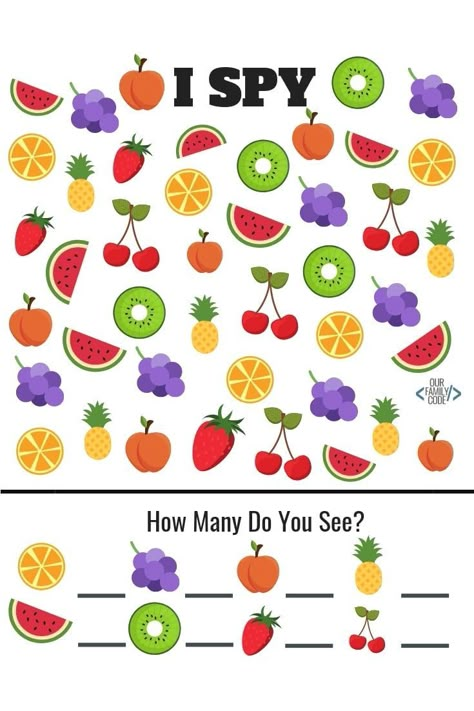
- Store-bought vegetables are recommended to be soaked in water to remove nitrates: 1-2 hours for this, up to 24 hours for potatoes.
- Mix sour-tasting fruits and berries with sweet fruits - for example, blackcurrant goes well with a banana or pear. Sour puree is unlikely to please the baby.
- Give your child only fresh food, but yesterday's puree from the refrigerator is better to eat yourself.
DIY fruit puree for children
Children are more likely to eat fruit puree, because fruits are tastier and sweeter. Fruits contain a large amount of vitamins, minerals, trace elements, fiber and antioxidants, so they are very useful for a growing body. However, fruits are strong allergens, especially berries, bananas, pomegranates and apricots, so they should be given with caution, watching the child's reaction. The most low-allergenic fruits are apples and pears, so it is better to start complementary foods with them, and then introduce all other fruits. First, the baby is fed with a one-component puree made from only one product, and then you can mix different vegetables and fruits, and not only among themselves. Very tasty combinations of fruits and vegetables, such as apples and zucchini, pumpkins and pears.
First, the baby is fed with a one-component puree made from only one product, and then you can mix different vegetables and fruits, and not only among themselves. Very tasty combinations of fruits and vegetables, such as apples and zucchini, pumpkins and pears.
Fruits must be of good quality, without damage, ripe and juicy, and the rules for preparing fruits do not differ from the rules for cooking vegetables. Naturally, fruit puree is not sweetened with honey and sugar - the later the child learns the taste of sugar, the stronger his health will be.
Aromatic pumpkin puree
Babies love to eat pumpkin because of its pleasant sweet taste, besides pumpkin is very healthy. It contains a whole storehouse of various vitamins, including vitamin T, which normalizes the metabolism in the body. For pumpkin puree, small pumpkins are suitable, since large fruits are not as tasty and difficult to peel.
Cut the pumpkin in half, and then into small slices, one or two of which (depending on the appetite of the crumbs) cut into cubes. Boil the pumpkin in a double boiler or in water for 20 minutes, while warm, beat with a blender to a smooth puree and dilute if necessary with water or a mixture. Add oil and salt depending on the age of the child.
Boil the pumpkin in a double boiler or in water for 20 minutes, while warm, beat with a blender to a smooth puree and dilute if necessary with water or a mixture. Add oil and salt depending on the age of the child.
Gentle Broccoli Puree
One of my favorite homemade baby puree recipes is broccoli. This cabbage is extremely useful because it contains potassium, iron, calcium and other valuable substances. It has much more vitamin C than lemon, and the reason for its nutritional value is its high protein content.
Separate the broccoli into florets, wash thoroughly and steam for 20 minutes. Cabbage cooks faster in water - fresh broccoli will take 7 minutes, and frozen - about 15 minutes. Broccoli puree does not need much water, it should lightly coat the vegetables. After the cabbage becomes soft, chop it in a blender or pass through a sieve. If you're mashing for kids older than a year old, be sure to add butter - the little ones will gobble up broccoli on both cheeks!
How to make baby pear puree at home
Pear is a very delicate, tasty and healthy fruit that rarely causes intolerance.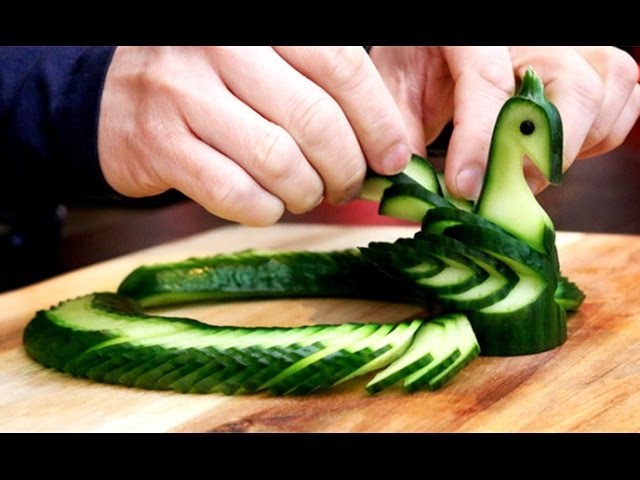 In addition to the high vitamin value, the pear has other beneficial properties - it facilitates digestion and removes toxins from the body.
In addition to the high vitamin value, the pear has other beneficial properties - it facilitates digestion and removes toxins from the body.
For baby food, choose green pears to reduce the risk of allergies, which are rare among babies. Peel the fruits from the peel and core with seeds, and then stew the pear in a bowl with a thick bottom in a small amount of water for 15 minutes. Let the pear cool slightly and puree it in a blender with a little of the remaining pear broth. For large kids, fruits can not be boiled, but add half a teaspoon of natural honey to the puree.
Zucchini and apple puree
Little gourmets will love this delicious puree, besides, zucchini is considered the most hypoallergenic vegetables, which, due to their high potassium content, have a beneficial effect on the heart. Apples contain iodine, iron and phosphorus, and due to the high concentration of vitamin C, apples help in the prevention of colds and viral infections.
Wash the zucchini and apples well, de-seed them, cut into pieces and cook in a saucepan for about 20 minutes, considering that the zucchini will cook 5 minutes faster.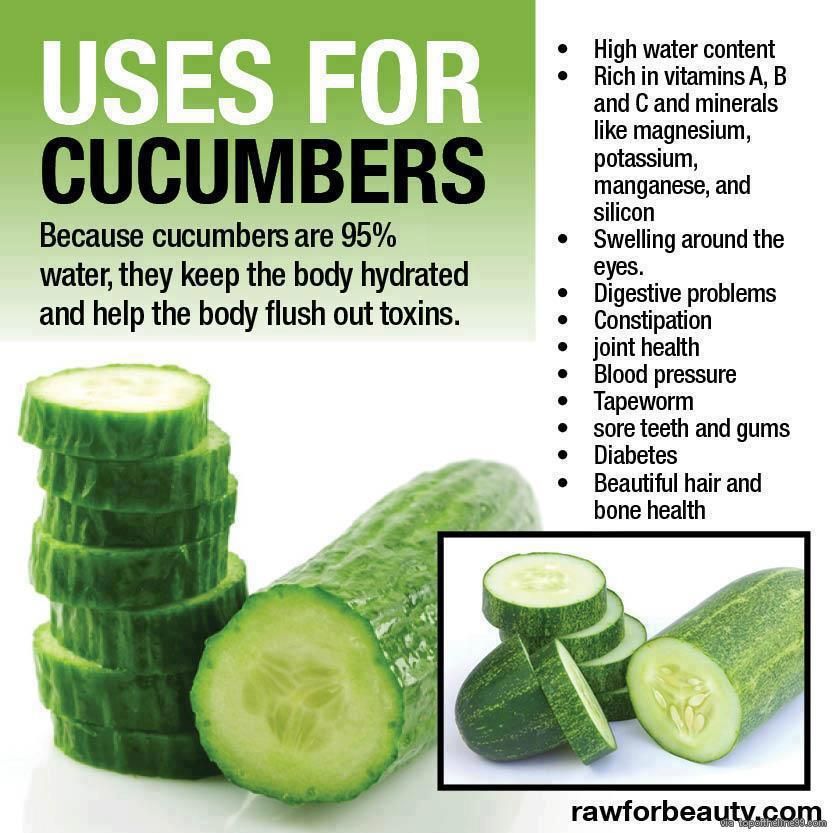 By the way, apples are steamed for 15 minutes, zucchini - 10 minutes. Next, vegetables and fruits are chopped in a blender, mixed and brought to a boil. For allergic children, this is the best side dish!
By the way, apples are steamed for 15 minutes, zucchini - 10 minutes. Next, vegetables and fruits are chopped in a blender, mixed and brought to a boil. For allergic children, this is the best side dish!
Exotic mango
Sometimes you can pamper your baby with exotic fruits - for example, make mango puree. This is a very delicate fruit with an original taste, containing 12 amino acids and improving sleep.
Choose only ripe fruits that are soft and reddish-yellow in color. Peel the mango from a thick skin and a large bone, put the pulp in a blender, add 2 tbsp. l. water and mash it, and then heat it in a saucepan for several minutes. For a baby up to a year old, it is better to give mashed potatoes with heat treatment to facilitate digestion, and older children can be fed raw mangoes.
Carrot and Potato Puree
Make normal potato puree without oil. Peel the carrots, grate them and stew them with butter and vegetable broth - about 1 tsp is required for 200 g of carrots.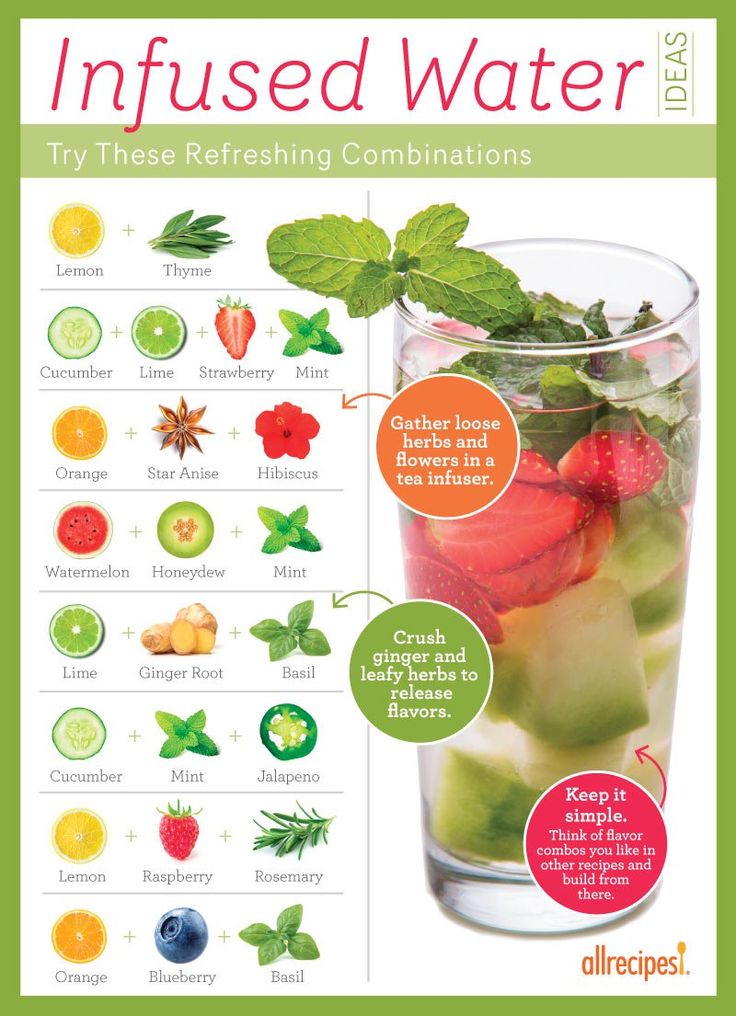 butter and 150 g of broth. When the carrot becomes very soft, wipe it through a sieve, and then put it on a plate, put mashed potatoes on the second half. Let the child choose whether to mix two types of puree for him or eat separately!
butter and 150 g of broth. When the carrot becomes very soft, wipe it through a sieve, and then put it on a plate, put mashed potatoes on the second half. Let the child choose whether to mix two types of puree for him or eat separately!
Pumpkin and apple puree
This sweet, sugar-free pumpkin-apple puree, cooked in a double boiler, is suitable for children who are already accustomed to “adult” food and are able to perceive a new unusual dish. It is better to take a pumpkin with a gray or green skin and with bright pulp - such fruits contain more vitamins and other useful substances. Apples are green because they have fewer allergens.
Cut pumpkin and apple flesh without peel or seeds into pieces, place in a steamer and cook for 20 minutes. Grind pumpkin, apples and raisins in a blender or by hand with a pusher if the child has already learned to chew. They say that this puree is very good for skin and hair, and you can check the truth of this statement yourself if you start feeding this dish to your baby.
In autumn, you can take care of preparing vegetables for baby purees. Some vegetables, such as pumpkin, carrots and apples, are stored fresh, and zucchini, broccoli, berries are frozen in small portions, because due to frequent freezing and thawing, vegetables lose vitamins and become tasteless. You can roll up fruit and vegetable puree in jars, but this snack should not be given to babies. Remember that the taste of vegetables determines whether the baby will love them in the future, so try to prepare an appetizing and tender puree - for health and good mood!
Benefits and harms of cucumbers for children ~
At the time of the transition from breast milk or formula to more solid food, mothers have a question about how to properly introduce complementary foods and what foods to start with.
Pediatricians recommend that vegetables be sampled first - they are easily absorbed by the child's body due to the lack of fat in them.
What to do with cucumbers, when and how to offer them correctly to a baby?
Useful properties of cucumber
Of all existing vegetables, cucumber contains the most water (about 97-98%).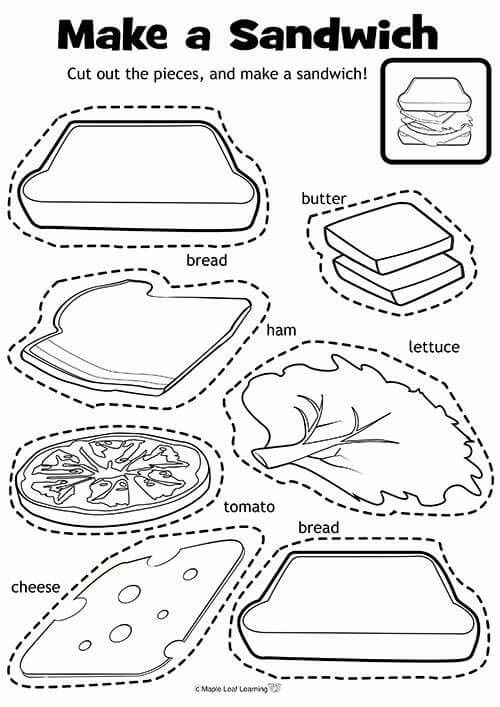 Also, it contains vitamins, essential oils, enzymes and fructose.
Also, it contains vitamins, essential oils, enzymes and fructose.
Cucumber skin contains a large amount of fiber , which helps the body cope with the accumulation of toxins in the intestines.
Tatronic acid , which is part of the vegetable, reduces the growth of body fat, which is very helpful in the diet of obese children.
Cucumber contains the following ingredients:
- Potassium helps the cardiovascular and endocrine systems, and also normalizes the water balance in the body,
- Iodine is responsible for the functioning of the thyroid gland, strengthens the baby's immunity, strengthens the mental abilities and nervous system,
- Silicon provides strong and healthy nails , hair, skin,
- Sulfur is one of the most important trace elements of the body, generates protein and collagen, is part of hemoglobin and affects the oxygenation of cells.
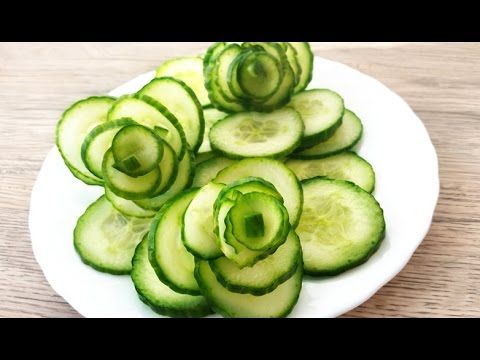
Introducing cucumber into complementary foods
Vegetables should be introduced into complementary foods at the age not earlier than 1 year. It contains more difficult to digest substances than zucchini or potatoes, so the enzymes in the child's body may not be enough to digest this product, which can provoke colic and gas formation.
You should start giving vegetables according to the season . In this way, nitrates found in out-of-season products can be avoided.
How to introduce cucumber into complementary foods?
You can give your baby a taste, starting with half a teaspoon of cucumber puree, previously peeled. Be sure to monitor the reaction and stop feeding if necessary.
Harm from cucumber for children
Cucumber fiber can cause irritation of the gastrointestinal tract (GIT), gas formation, pain in the stomach and colic
The vegetable must be thoroughly washed after purchase, otherwise there is a risk of infection .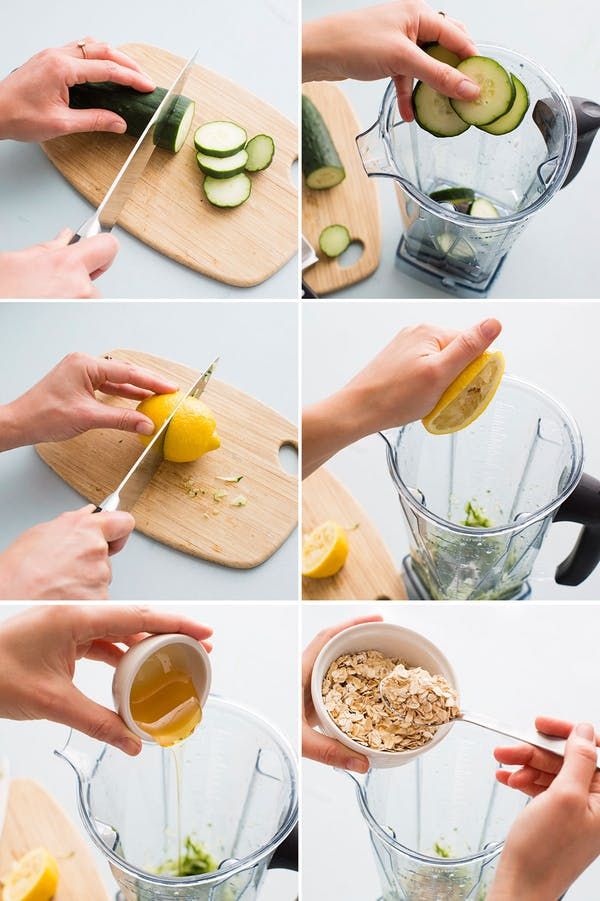
The product has a slight laxative effect , therefore it should be given cautiously to children with a tendency to disorders.
In case of gastritis or pancreatitis in a child, cucumber should be excluded from the diet
Allergy to cucumber in a child and its manifestations
Cucumber is a product with a weak allergic reaction to it, but still there are cases of intolerance to this vegetable.
Here are some of the factors that influence the occurrence of allergies:
The pollen present on the vegetable provokes an increase in immunoglobulin in the body, which regards this as a threat and releases active substances, which leads to allergy symptoms
Baby's skin may react negatively to contact with cucumber leaves.
When processing and watering, the vegetable absorbs all chemicals, which can later serve as an allergy manifestation when eating cucumber.
After eating the vegetable, the child may experience the following allergic symptoms:
- Abdominal pain and upset,
- Swelling of the mucous membranes of the throat,
- Oral stomatitis,
- Itching and redness around the mouth,
- Runny nose or sneezing,
- Watery eyes.


